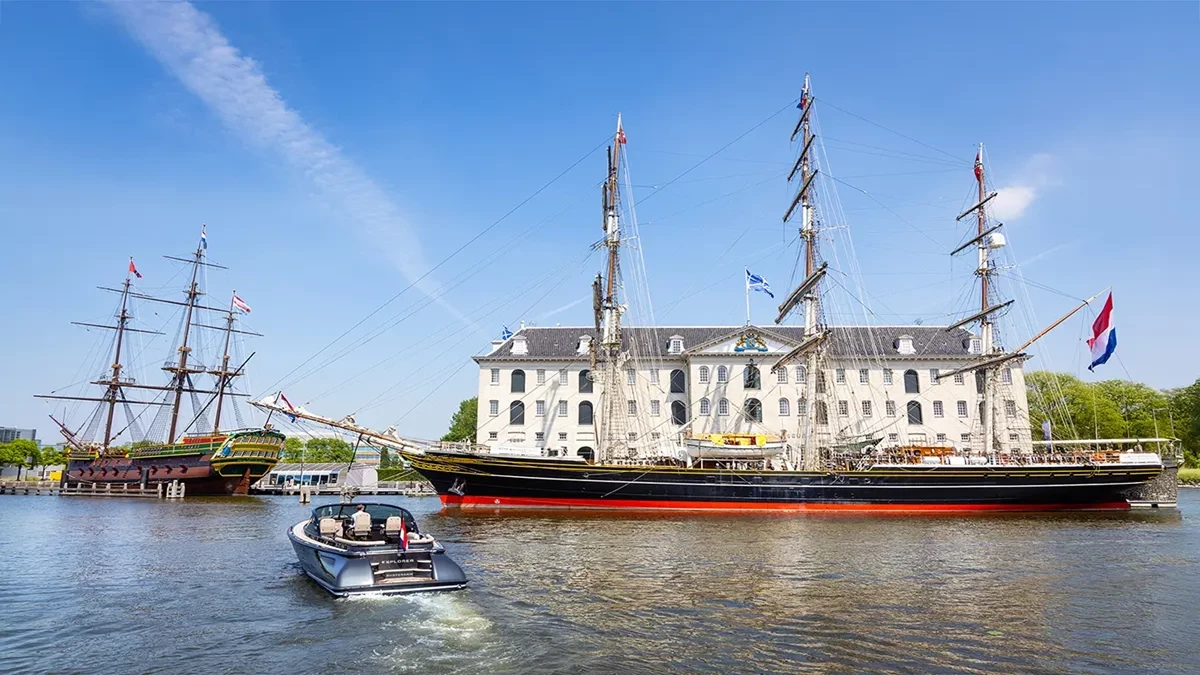Fun facts about Sail Amsterdam
And its latest edition in 2025
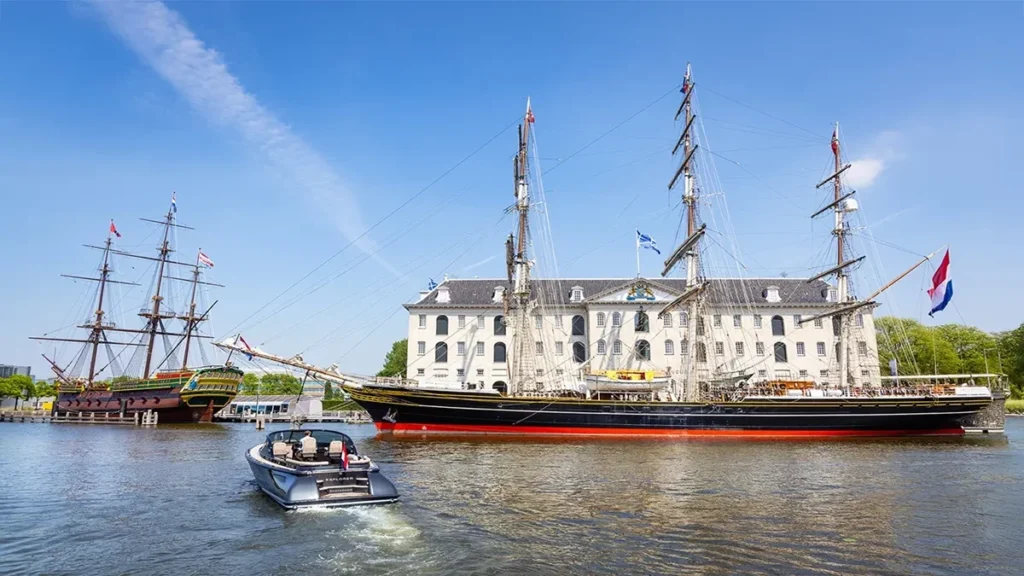
You may think Sail Amsterdam is just about big ships and crowds along the harbor.
But beneath the sails lies a goldmine of strange stories, quirky facts, and things even the locals don’t know.
From Hollywood ships to secret fireworks spots, this event is packed with surprises.
Here are the craziest and most surprising facts about Sail Amsterdam 2025 that most people have no clue about.
1. Some ships travel over 10,000 kilometers to reach Amsterdam
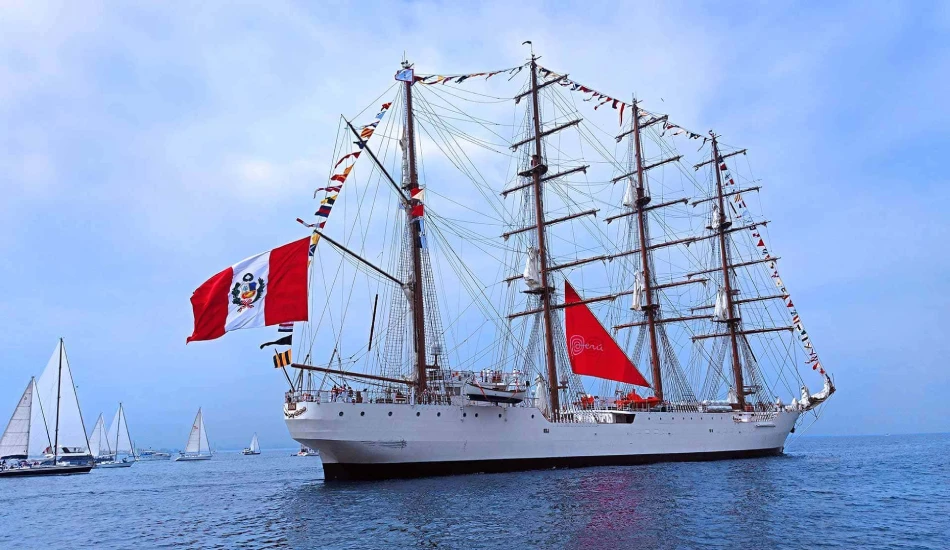
Not all participating ships are based in Europe.
The B.A.P. Unión, one of the largest tall ships in the world, travels from Peru, a journey of more than 10,000 kilometers across the Atlantic Ocean.
Ships like the Shabab Oman II and Tarangini also undertake similar long-haul voyages lasting 30 to 45 days, just to be part of the event.
Their journey is so massive that it’s considered a training mission in itself.
2. Not all ships sail under their country’s own flag
It’s common to assume a ship’s flag represents its nationality, but many Sail Amsterdam ships fly a flag from a different country.
A tall ship built in the Netherlands might be registered in the Bahamas.
Some vessels switch flags for legal or commercial reasons, or because they’re operated by multinational crews.
This often causes confusion among spectators who assume the flag tells the whole story.
3. Over 2.5 million visitors are expected, and some locals leave the city
With more than 2.5 million people expected to attend Sail Amsterdam 2025, the city’s harbor zone becomes one of the most crowded places in Europe during those five days.
What’s surprising is that a segment of local residents living near the IJ harbor area actually leave the city during the event to avoid the congestion.
Some even rent out their apartments for the week at double the usual price, making it a profitable escape.
To find out where the ships dock and the best places to experience the event, see the route and location guide for Sail Amsterdam 2025.
4. One ship was entirely constructed without a single metal nail
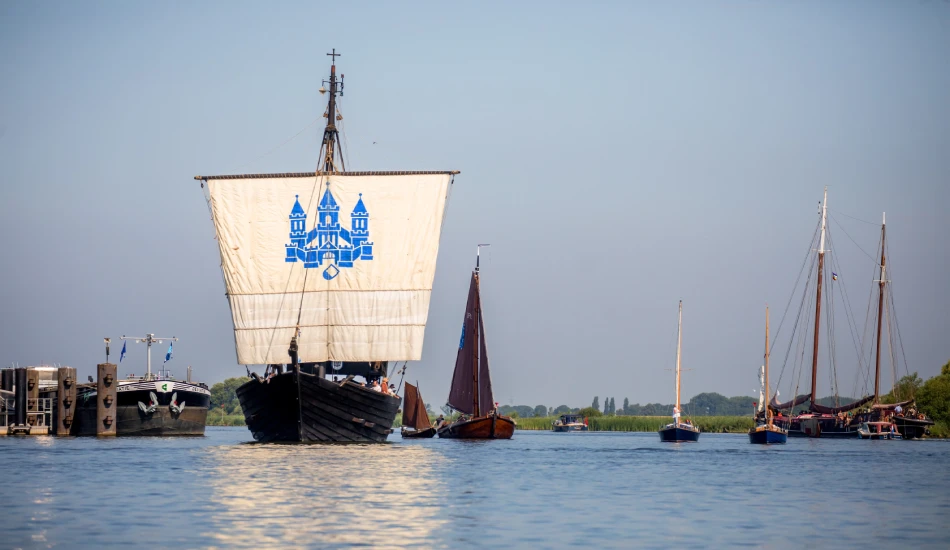
The Kamper Kogge, a replica of a medieval cog ship, was built using historical techniques from the 14th century.
Not a single metal nail was used! Only wooden pegs, hemp ropes, and hand-forged tools.
It’s a floating archaeological experiment and one of the most authentic historical vessels you’ll ever see.
5. El Galeón was built for films, not war or trade
The El Galeón, a replica of a 16th-century Spanish galleon, might look like a historic warship, but its origins are far more cinematic.
This ship was originally built for exhibitions and later served as a floating film set for multiple pirate-themed documentaries and movies.
With its dramatic sails, wooden cannons, and crew sometimes dressed in costume, the ship feels like it sailed right out of a Hollywood studio.
Most visitors admire its grandeur without realizing it’s a seasoned performer.
6. There are crews that live onboard year-round
Ships like the Christian Radich, Alexander von Humboldt II, and Statsraad Lehmkuhl serve as floating academies.
Their crews, including cadets and trainees, live on board for months, sometimes years, sailing across continents.
For these ships, Sail Amsterdam is not a vacation stop, but one of many ports in a rigorous sea journey that functions as a full-time lifestyle.
Some crew members aboard these ships haven’t set foot in their home country in over a year.
7. The Sail-In Parade lasts longer than most concerts
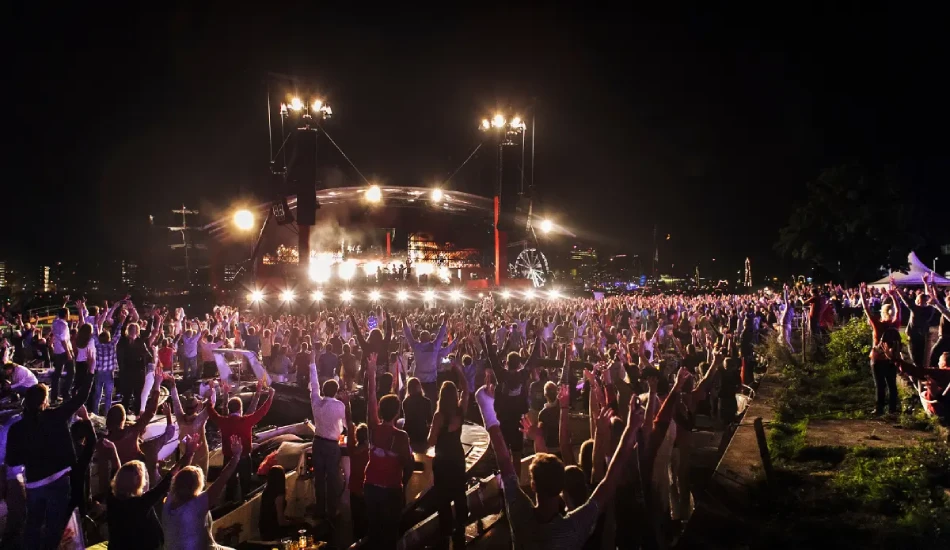
The grand opening event on 20 August 2025, known as the Sail-In Parade, involves every participating tall ship entering the IJ Harbor in a choreographed procession.
What most people don’t know is that the parade can last over six hours, making it longer than a typical music festival or parade.
It’s one of the largest moving spectacles in the world, where every single ship sails in full view, slowly and dramatically, in formation.
To navigate and enjoy all the festival highlights without missing a beat, check out our tips for Sail Amsterdam 2025.
8. Some ships are over 100 years old and still seaworthy
Several ships taking part in Sail 2025 were built more than 100 years ago. For example, the French ship Belem was constructed in 1896 and still sails actively.
While modern replicas steal attention with their shine, these century-old ships are fully functional, often more robust than new builds.
They are regularly maintained to meet today’s maritime standards while preserving their historical structures.
9. The ships turn into floating light sculptures at night
At night, the harbor transforms again as many of the ships light up using solar-powered LEDs.
Their masts, rigging, and sails are illuminated in gold, blue, and soft white, turning the IJ into a surreal floating light gallery.
What makes it more surprising is that most of this lighting is not connected to the city’s power grid.
It’s generated onboard, using sustainable energy collected during their journeys.
10. Some of the best fireworks spots are hidden in plain sight
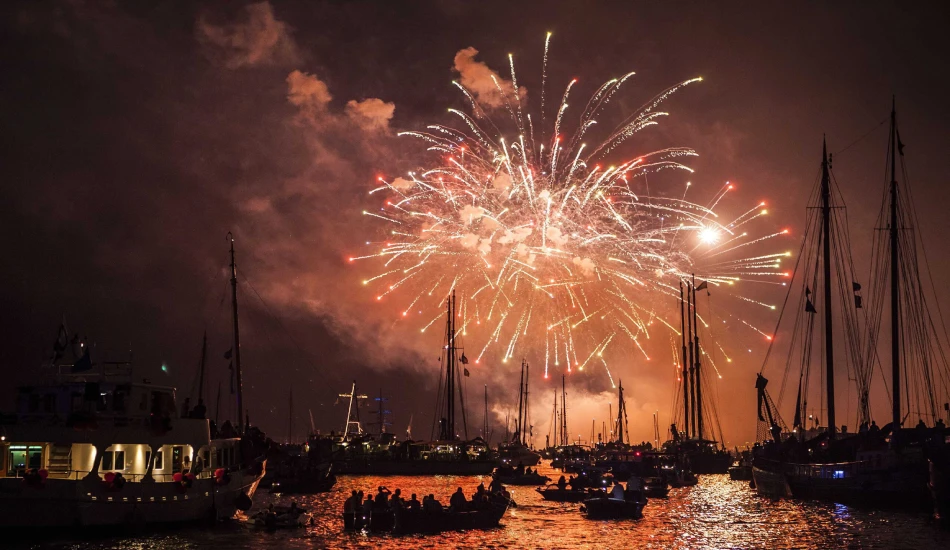
Everyone expects grand fireworks shows during Sail Amsterdam, but what they don’t know is that the best viewing spots aren’t the most crowded ones.
Rooftops like the NEMO Science Museum, the edge of Java-eiland, and even residential balconies on KNSM Island offer uninterrupted, panoramic views of both the harbor and the sky.
While thousands pack into public areas, a quiet few enjoy private, elevated views with no crowds at all.
For a premium experience watching the fireworks from the water, consider the evening cruise with fireworks ticket.
11. One ship at Sail Amsterdam sailed using no GPS or modern tech
Ships like the Nao Victoria or Vera Cruz recreate their journeys as closely to historical accuracy as possible.
That means no GPS, no radar, and no engines. Just stars, compasses, and wind.
These vessels chart their way to Amsterdam using 15th- and 16th-century techniques.
It’s not just for show; they actually arrive after crossing real sea routes with no digital help.
12. A baby was born on a tall ship during a past Sail Amsterdam
In one of the most unexpected moments in the festival’s history, a baby was born onboard a tall ship during a previous edition of Sail Amsterdam.
The ship had just docked, and while preparing for public tours, a pregnant passenger unexpectedly went into labor.
The story made headlines, and the child became unofficially known as the “Sail Baby”, a moment that became part of the event’s folklore.
13. There’s a ship made entirely from recycled materials
In 2025, one of the newest additions to the Sail fleet is a sustainability project, a ship built using entirely recycled materials.
From hull panels made of reclaimed wood to sails stitched from discarded fabric, the vessel doubles as an awareness campaign for marine conservation.
It’s less about performance and more about making a powerful statement, and most visitors won’t realize the ship is essentially built from waste.
If you want to know how to best plan your day at Sail Amsterdam, including events and timings, see the detailed schedule and events guide.
Image Courtesy: Vistajet.com
